Dambatenne Tea Factory
Tea Tasting Experience
Dambatenne Tea Factory was built in 1890 by Sir Thomas Lipton himself, this colonial tea factory is still in operation today. The term “Ceylon Tea” was coined here, and Lipton’s Tea was founded and sold its first pound of tea from the precincts of this very factory. The factory tour is an education in the intricate processes involved in the fermentation, rolling, drying, cutting, sieving and grading of tea, and the comprehensive tour culminates with an authentic tea tasting experience. Please note it is closed on Sundays.
The Dambatenne Tea Factory is one of the most historically significant and popular tea estates to visit in Sri Lanka, intrinsically linked to the history of “Ceylon Tea.”
Here is a detailed look:
1. Location and Setting
- Location: The factory is nestled in the picturesque Uva Province in Sri Lanka’s central highlands, specifically near the town of Haputale. It is about 9 km northeast of Haputale and is accessed via a winding road through stunning tea plantations.
- Vibe: The surrounding Dambatenne Estate offers the quintessential Sri Lankan tea country scenery: lush, rolling green hills covered in meticulously maintained tea bushes, often shrouded in a misty cool climate.
2. Historical Significance (Sir Thomas Lipton)
- The Founder: Dambatenne was founded in 1890 by the Scottish tea baron Sir Thomas Lipton, one of the most famous figures in global tea history.
- Lipton’s Empire: This factory was crucial to Lipton’s vision. He revolutionized the global tea trade by taking tea “directly from the garden to the teapot,” bypassing brokers to make high-quality tea affordable for the common consumer.
- Ceylon Tea: The first-ever Lipton Tea was manufactured and sold from this very factory, and some sources suggest the term “Ceylon Tea” evolved from this location. It still manufactures the famous Lipton Ceylonta black tea today.
- Colonial Relic: The factory building and much of its equipment date back over a century, offering visitors a genuine look at the industrial processes of the colonial era.
3. Visitor Experience
- The Tour: The Dambatenne Tea Factory offers an insightful, comprehensive guided tour of the tea-making process. Visitors learn about the key stages of production:
- Withering (drying the leaves)
- Rolling (breaking down cell walls)
- Fermentation/Oxidation
- Drying/Firing
- Sorting and Grading
- Tea Tasting: The tour typically ends with an opportunity to sample the fresh, world-renowned tea produced on the estate.
- Important Note: Visitors are strongly advised to visit on a working weekday (Monday to Saturday) to see the machinery and processes in operation. On Sundays, minimal to no processing takes place. Photography is often strictly prohibited inside the factory.
4. Nearby Must-See Attraction
- Lipton’s Seat: The factory road leads up to the famous viewpoint known as Lipton’s Seat. This viewpoint is a high point on the Poonagala hill where Sir Thomas Lipton himself would reportedly sit and survey his sprawling tea domain. It offers breathtaking 360-degree panoramic views across multiple provinces, often best enjoyed at sunrise before the mist rolls in.
Local Hotels

Unsure Where To Start?
Let’s talk about your Earth Trip


Our travel specialists are seasoned explorers with deep local insights. Whether it’s uncovering hidden gems or planning immersive cultural experiences, we design trips that go beyond the ordinary. Get in touch today!
Request A Video MeetingOther Popular Experiences










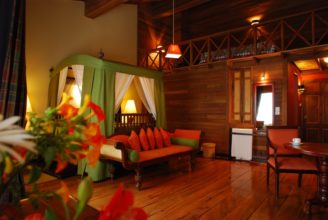

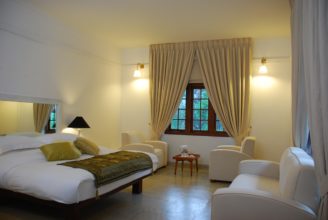
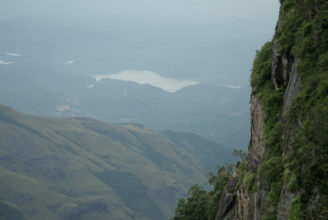
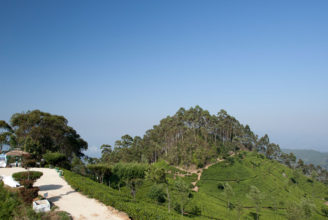
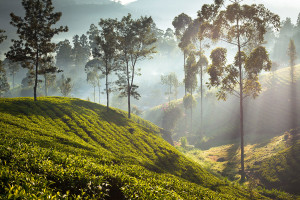
 Dambatenne Tea Factory
Dambatenne Tea Factory